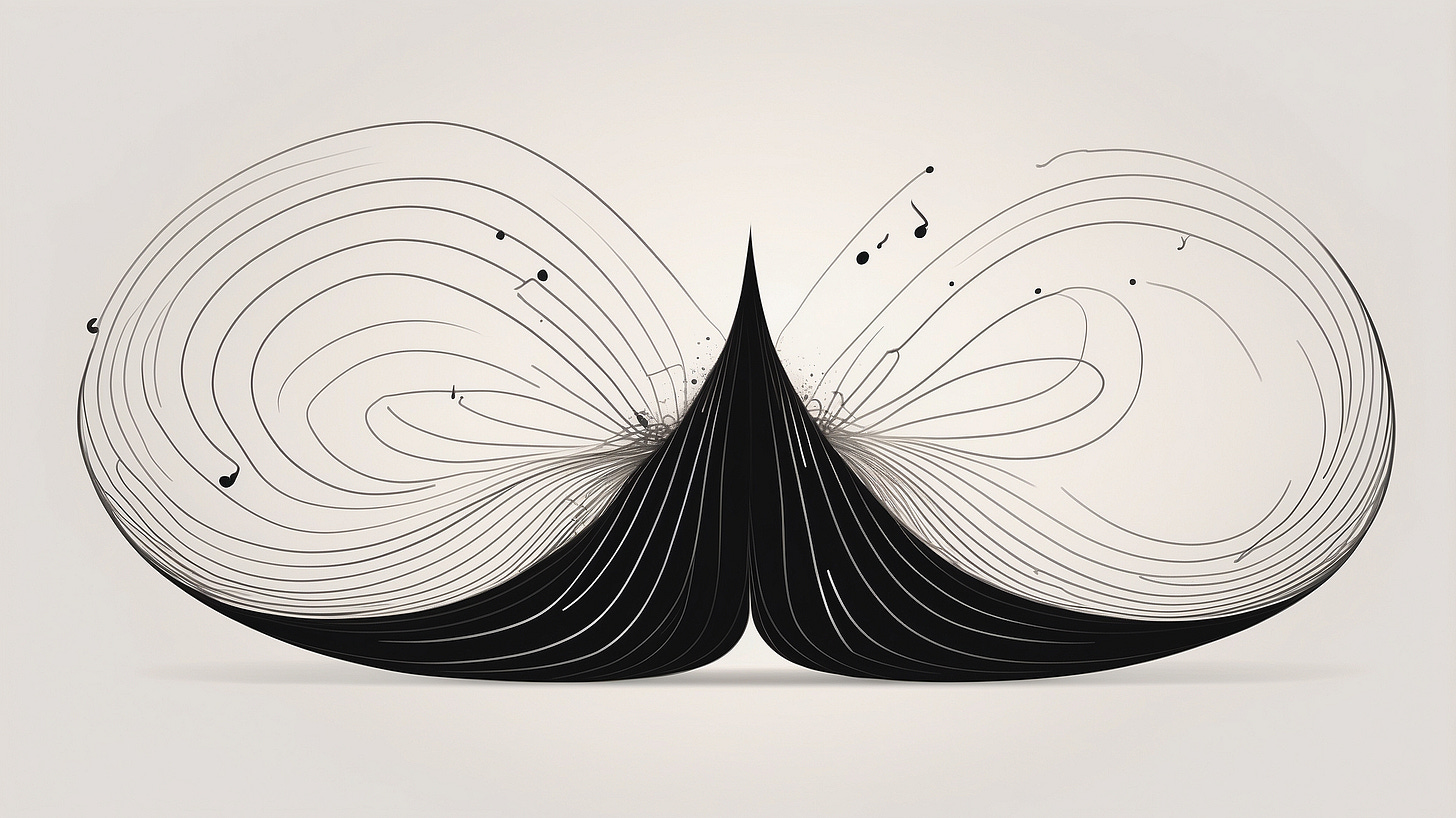“Time is the substance I am made of. Time is a river that carries me away, but I am the river; it is a tiger that tears me apart, but I am the tiger; it is a fire that consumes me, but I am the fire.”
— Jorge Luis Borges
Before we ever learn to count seconds or recall a date, we feel time. It moves inside of us through breath and heartbeat, the rhythm of our footsteps. This innate sense of time is born from rhythm: internal, embodied, and alive.
Even before birth, we are connected to rhythm. The fetal brain begins to synchronise with the pulse of a mother’s heartbeat, her breathing, her voice. Time is introduced through cyclical repetition. Long before cognition, rhythm is the architecture that the brain uses to begin to make sense of itself.
Indeed, the brain is a rhythmic organ. Neural oscillations ripple through its circuits in dynamic synchronisation. Theta waves arise during focused attention and memory formation; gamma waves bind sensory input into perceptual unity; delta waves slow the mind into the depth of sleep. These oscillations do more than mirror brain activity, they orchestrate it. They set the stage for thought, perception, emotion, and memory.
Into this lattice of pulses music is birthed.
When we hear rhythm in the outside world, our brain aligns with it. This is known as entrainment: the synchronisation of internal neural rhythms with external acoustic patterns. A metronome clicks, a drum snaps, and the brain begins to predict what will come next. Motor circuits, auditory systems, and autonomic processes like heart rate and breath begin to fall into step. We don’t just hear the beat, we inhabit it.
This synchrony is not ornamental. It serves as a cognitive scaffold. Through auditory-motor coupling, rhythmic sound links perception and movement, prediction and action. The brain forms a forward model of time. An internal compass that helps stabilise attention and organise sensory input. Within rhythm, chaos finds structure.
This has profound implications for memory.
Memory is not stored like files in a drawer. It is constructed, encoded, and retrieved within the flow of time. The rhythms of how an experience is received shape how it is remembered. Theta oscillations in the hippocampus, for example, are vital for forming episodic memories. Gamma waves integrate fragments across time into unified impressions. Music interacts with these oscillations in powerful ways, enhancing, stabilising, and even restoring memory.
In individuals with Alzheimer’s or Parkinson’s, music has been shown to revive lost memory connections. Familiar melodies can reawaken names, emotions, and entire-life scenes. In these moments, rhythm becomes more than a sensory experience. It becomes the lifeline to identity.
Across cultures, music has also served this role collectively. Humans have long gathered in rhythmic unison through dancing, clapping, singing, chanting. These acts forge social unity. Heart rates align. Oxytocin levels rise. Feelings of connection and trust deepen. Evolutionary theorists suggest that rhythm may have served as a kind of proto-language. A tool for bonding before words. Rhythm and music, in this view, is an ancestral technology.
And so rhythm operates on two levels at once: as an outward expression, and as an inward organisation. It is both map and compass. Beneath memory lies a pulse. The signal by which the brain locates itself in time.
To listen to music is not merely to appreciate the pleasantries of sound. It is to return to the body’s original sense of orientation. Music reminds us not only of the beat of the world, but of the cadence of our own self-identity.



